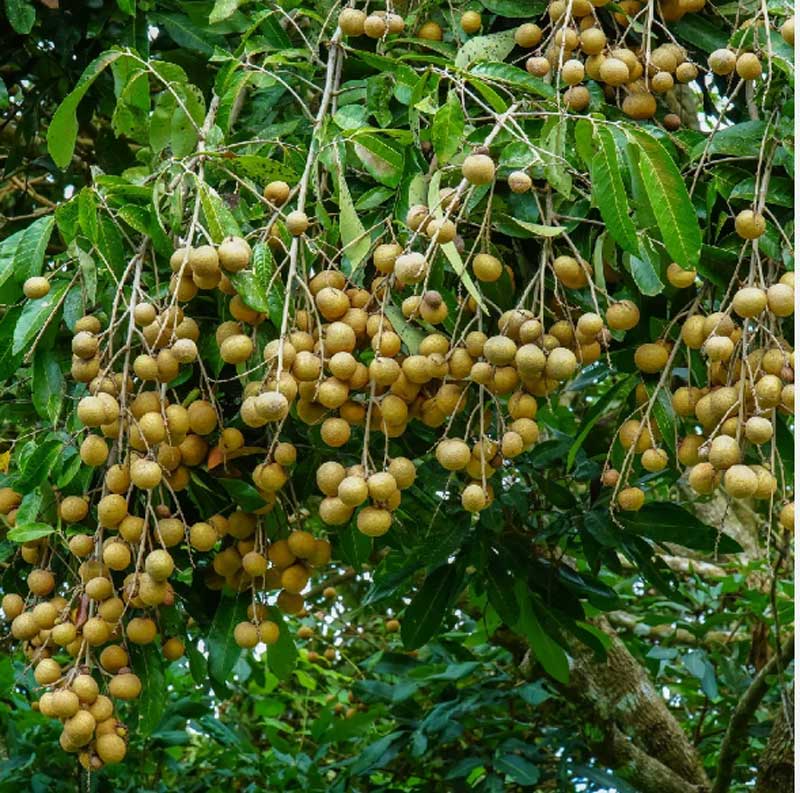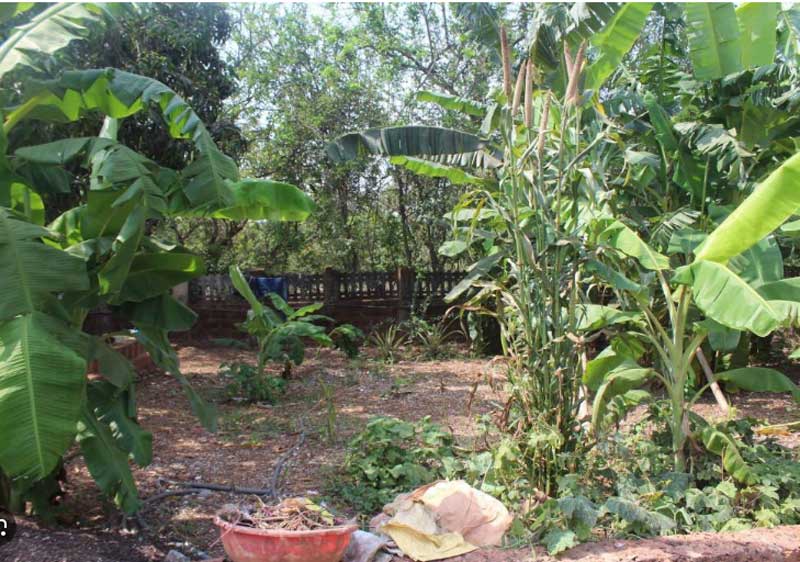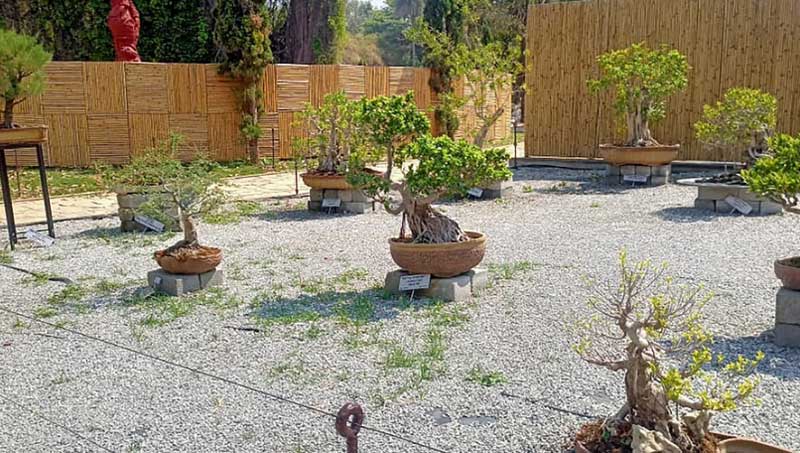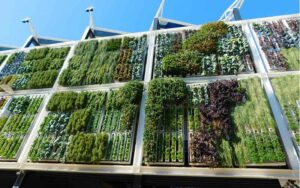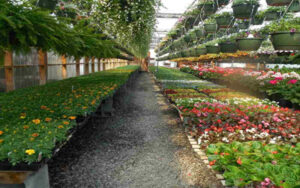Benefits of vertical farming
Nursery Today, Desk Report
Vertical farming is a means of growing food that uses vertical surfaces as opposed to traditional, horizontal farming. This usually takes place in skyscrapers, warehouses, shipping containers, greenhouses or other indoor facilities
Some of the benefits of vertical farming are as follows
Reduced Land Use
Year-Round Production
Increased Sustainability
Safer Growing Environments
Improved Efficiency
Fresher Produce
Climate Change Resilience
Support for Marginalized Communities
Energy Consumption
Limited Crop Options
Long-Term Financial Headwinds
High Initial Costs
Lingering Economic Promise
Renewable Energy Complications
Expensive Food Prices
A Brief History of Vertical Farming
Vertical farming can be traced back as far as 2,500 years ago. The hanging gardens of Babylon are considered one of the first examples of vertical farming. About 1,500 years later, the Aztecs developed a form of hydroponic farming, creating floating rafts to grow crops on lakes and rivers. In the 1600s, French and Dutch farmers grew Mediterranean fruits on walls that retained heat to help the fruits survive colder conditions.

